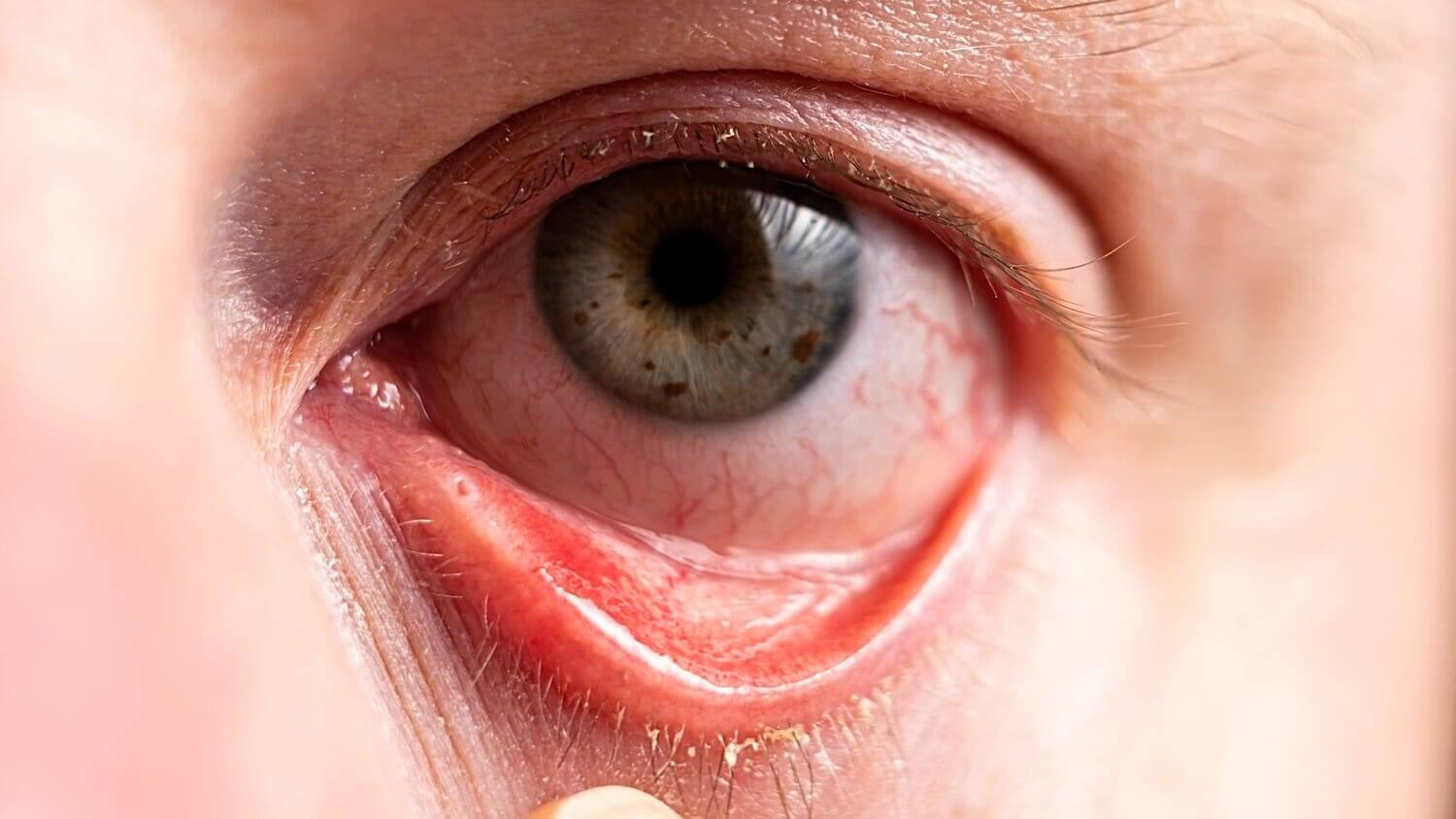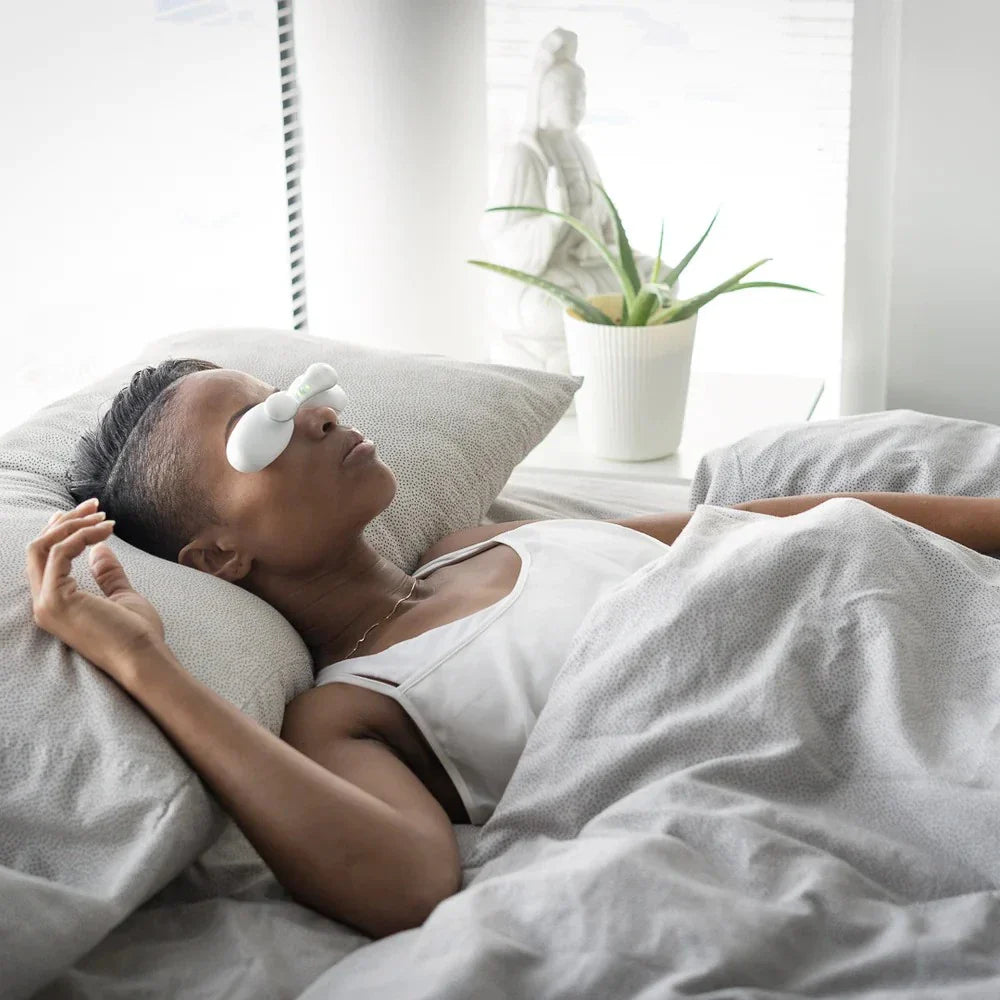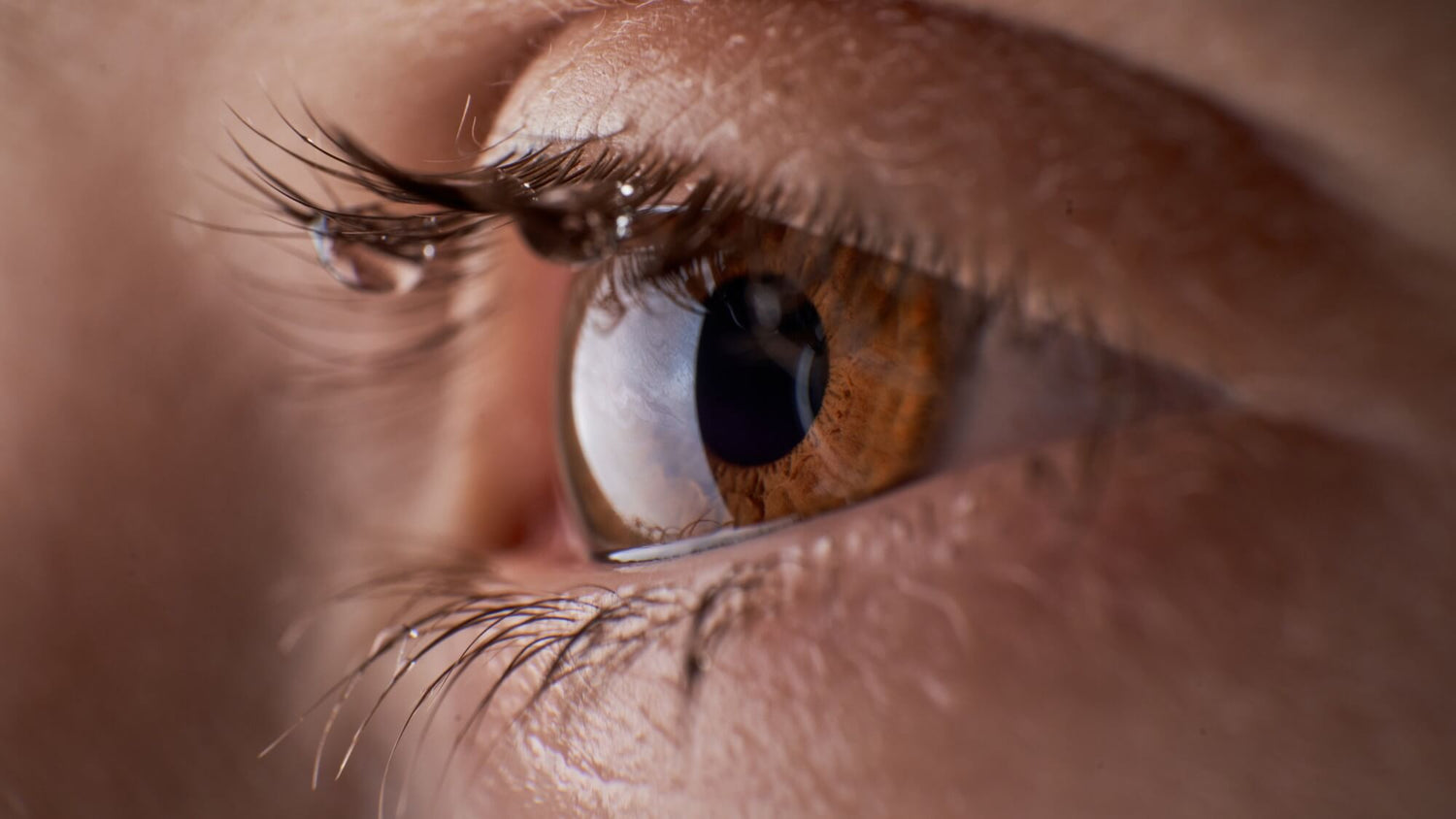Blepharitis is a common condition that affects the eyelids, causing inflammation and discomfort. It can be caused by various factors such as bacterial overgrowth, skin conditions, or blockage of the oil glands in the eyelids. In this comprehensive guide, we will explore the causes, symptoms, and treatment options for blepharitis, providing you with valuable insights to manage this condition effectively.
What is Blepharitis?
Blepharitis is an inflammation of the eyelids that can be classified into two main types: anterior and posterior blepharitis. Anterior blepharitis occurs at the front edge of the eyelid, near the base of the eyelashes, and is commonly caused by bacteria or dandruff of the scalp and eyebrows. On the other hand, posterior blepharitis affects the inner edge of the eyelid, closer to the eyeball, and is often associated with meibomian gland dysfunction (MGD) or other skin conditions such as rosacea.
Causes of Blepharitis
Blepharitis can have various causes, including bacterial overgrowth, skin conditions, and meibomian gland dysfunction. Bacterial overgrowth occurs when the natural microflora on the eyelids becomes imbalanced, leading to an overpopulation of bacteria. Skin conditions such as dandruff of the scalp or rosacea can also contribute to blepharitis, as they can cause irritation and inflammation of the eyelids. Additionally, meibomian gland dysfunction, where the oil glands in the eyelids do not function properly, can lead to the development of blepharitis.
Symptoms of Blepharitis
The symptoms of blepharitis can vary from person to person, but common signs include redness, itching, dryness, burning sensation, swelling, and increased tear production. Individuals with blepharitis may also experience a foreign body sensation, discharge, crusting on the eyelashes or eye corners, and sensitivity to light. In more severe cases, individuals may experience blurred vision, missing or misdirected eyelashes, and inflammation of the cornea. It is essential to seek proper diagnosis and treatment if you experience any of these symptoms.
Diagnosing Blepharitis
To diagnose blepharitis, a comprehensive eye examination is necessary. Your eye doctor will evaluate the external appearance of your eyelids, including the texture of the skin, structure of the lids, and the appearance of the eyelashes. They will also examine the lid margins, base of the eyelashes, and meibomian gland openings using magnification and bright light. Additionally, the quantity and quality of tears will be assessed to determine the extent of the condition. Based on these assessments, your eye doctor will be able to diagnose the type of blepharitis you have and recommend appropriate treatment options.
Treatment Options for Blepharitis
The treatment for blepharitis aims to reduce inflammation, eliminate bacterial overgrowth, and promote proper eyelid hygiene.
Depending on the severity and type of blepharitis, your eye doctor may recommend a combination of in-office procedures and at-home care. Here are some common treatment options:
Eyelid Hygiene
Maintaining proper eyelid hygiene is crucial in managing blepharitis. Regularly cleaning your eyelids using gentle, non-irritating cleansers can help remove bacteria, debris, and dead skin cells. It is important to avoid using harsh products such as baby shampoo, as they may contain preservatives that can irritate the eyes. Instead, opt for specialized products like Blephaclean wipes, which are formulated to effectively clean the lids without causing irritation.
Zocular
Warm Compresses
Applying warm compresses to the eyelids can help loosen debris, reduce inflammation, and promote the flow of oils from the meibomian glands. To do this, take a clean washcloth and wet it with warm water. Gently place the warm compress over your closed eyes for a few minutes, repeating as necessary. This can provide relief and improve the overall condition of your eyelids.
Medications
In some cases, your eye doctor may prescribe medications to manage the symptoms of blepharitis. Antibiotic ointments or eye drops can help eliminate bacterial overgrowth and reduce inflammation. These medications should be used as directed by your doctor. In addition to antibiotics, artificial tears or steroid eye drops may also be recommended to alleviate dryness, redness, and swelling.
Meibomian Gland Expression
If meibomian gland dysfunction is contributing to your blepharitis, your eye doctor may perform a procedure called meibomian gland expression. This procedure involves applying gentle pressure to the eyelids to express the oils from the meibomian glands, helping to unclog any blockages and improve the flow of oils onto the ocular surface.
Additional Treatments
In more severe cases of blepharitis, your eye doctor may recommend more advanced treatments such as intense pulsed light (IPL) therapy or thermal pulsation treatment. IPL therapy uses pulses of light to target the blood vessels and reduce inflammation, while thermal pulsation treatment applies heat to the eyelids to melt and remove blockages in the meibomian glands.
Preventing and Managing Blepharitis
Managing blepharitis involves a combination of proper eyelid hygiene and lifestyle adjustments. Here are some tips to prevent and manage blepharitis:
- Clean your eyelids daily using gentle cleansers or specialized wipes.
- Avoid rubbing or touching your eyes, as this can further irritate the eyelids.
- Use warm compresses regularly to promote the flow of oils and reduce inflammation.
- Avoid wearing eye makeup during flare-ups to prevent further irritation.
- Follow your eye doctor's recommendations regarding medications and treatments.
- Maintain good overall hygiene, including regular washing of your face and scalp.
- Avoid triggers such as spicy foods, alcohol, and hot beverages if they worsen your symptoms.
- If you wear contact lenses, follow proper hygiene practices and avoid sleeping with your lenses on.
By following these recommendations and seeking regular check-ups with your eye doctor, you can effectively manage blepharitis and reduce its impact on your daily life.
Conclusion
Blepharitis is a common condition that can cause discomfort and irritation of the eyelids. Understanding the causes, symptoms, and treatment options for blepharitis is essential in managing the condition effectively. By practicing proper eyelid hygiene, using warm compresses, and following your eye doctor's recommendations, you can alleviate symptoms and improve the overall health of your eyes. Remember to seek professional medical advice for an accurate diagnosis and personalized treatment plan.








